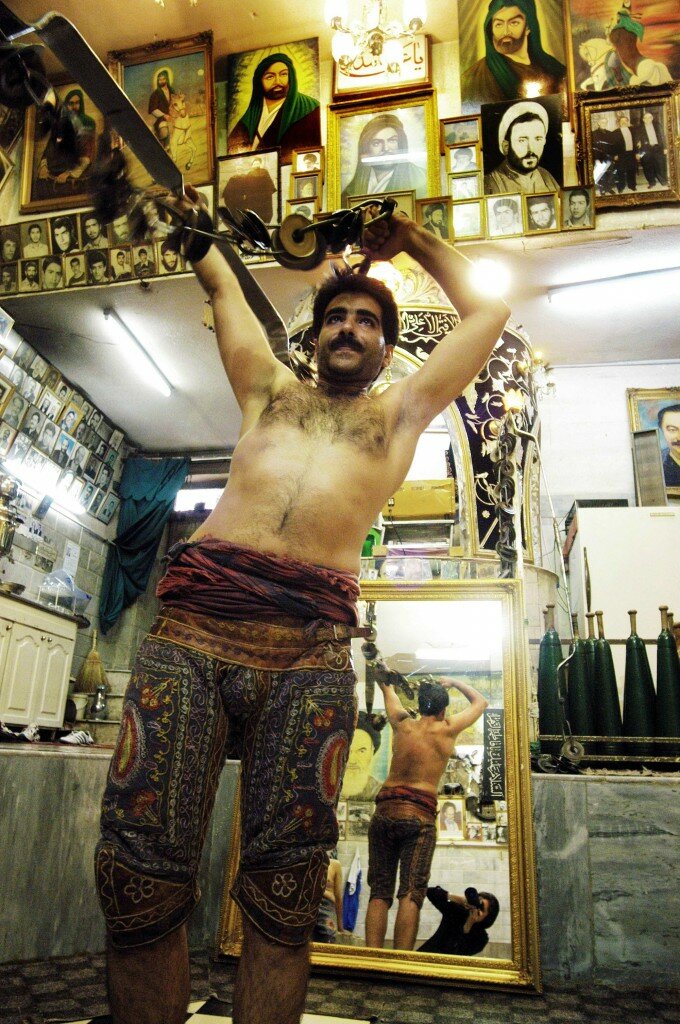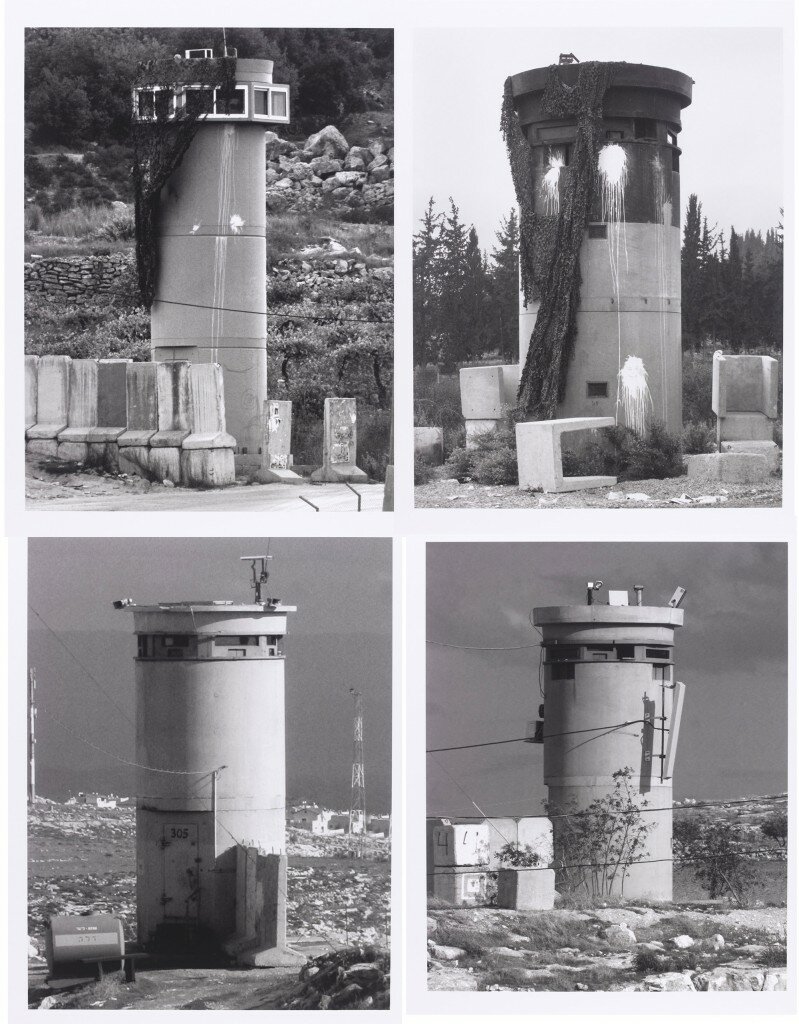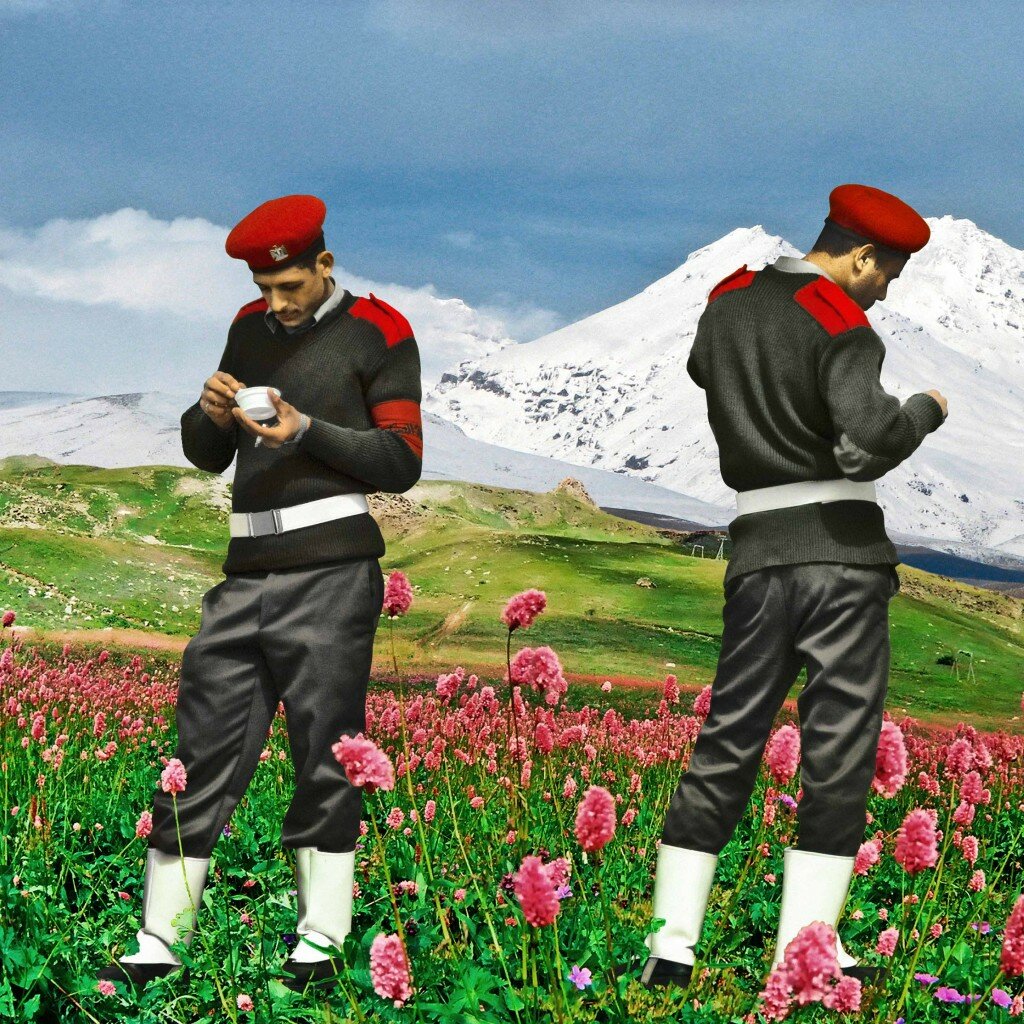Mitra Tabrizian Tehran 2006. ©V&A
Light from the Middle East at the V&A is the first major museum exhibition of contemporary photography from and about the Middle East. It results from a collaboration between the British Museum and the V&A, and it is free for all visitors to enjoy. Both museums started collecting in 2009 after a substantial grant from the Art Fund, pooling their resources and expertise.

Bodiless I by Mehraneh Atashi. ©British Museum
The exhibition is as much about the history and culture of the Middle East as it is about the medium of photography itself. It consists of 87 works divided in three sections: Recording, Reframing and Resisting. Each refers to how the medium of photography is used, be it for pure documentation purposes or to express the photographers’ interpretations of the world that surrounds them.
The initial part of the show explores photography as a recording tool, from truthful documentation to completely staged photographs. The camera here is used in a relatively straightforward way, but asks the question of how reliable photographs actually are. For documentation purposes, Abbas, in his series Iran Diary 1978, photographed the . As for partially staged works, Mehraneh Atashi inserted herself in her photograph through a mirror reflection inside of a zurkhana – a traditional wrestling gym in which women usually aren’t allowed – emphasizing this forbidden presence. Some photographs can also be completely staged, as Mitra Tabrizian’s Theran 2006 or as Ahmed Mater’s Magnetism series, which shows iron filings spiraling around a cube-shaped magnet, referring to the spiritual force that Muslim believers feel during Haji, the pilgrimage to Mecca.

Taysir Batniji. From the series Watchtowers, West Bank /Palestine. ©V&A
In the second section, Reframing, artists imitate pre-existing images to make statementsabout the present. Taysir Batniji’s work for instance, which is inspired by that of German photographers , documents Israeli Watchtowers in the occupied territories in the same style as the Germans’ photographs of Industrial buildings in the Ruhr Area. However, curator Dr. Marta Weiss explained that as a Gaza born Palestinian he was not allowed to travel and had to commission photographers to take them on the go, which is why they lack precision, highlighting the photographer’s limitations in the Middle East.
In the final room, Resisting delves into how images are digitally altered, scratched or burnt, in order to question what photography actually is and its ability to record factual information. Jowhara AlSaud explores the language of censorship and the malleability of photography by reducing the figures to line drawings to make them anonymous while Nermine Hammam’s latest series Uphekka features reworked photographs of Egyptian soldiers by transporting them to multicolored fantasy settings.

The Break by Nermine Hammam. ©V&A
The selection of photographs makes the political, social and religious struggles and contradictions of the Middle East more accessible to the viewer, offering a deeper and more accurate perspective on this region, surpassing that of the usual newscast.
 LIVE FEEDS
LIVE FEEDS

